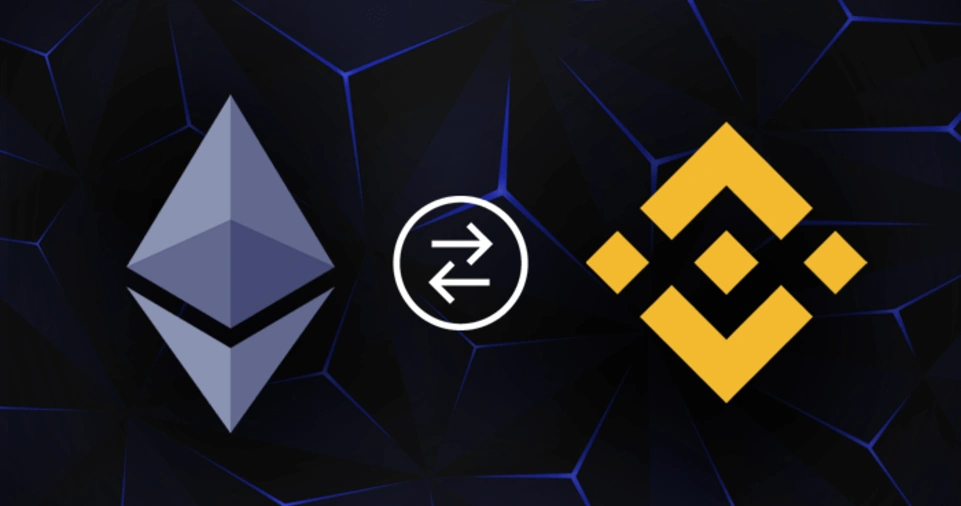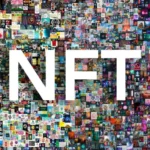Blockchain technology has revolutionized the financial and digital world by enabling decentralized transactions and smart contract functionality.
However, blockchain networks often operate in isolation, creating challenges when users want to transfer assets between them.
Token bridging is a solution that allows assets to move seamlessly across different blockchain ecosystems, enhancing interoperability and expanding the usability of decentralized finance (DeFi) applications.
This comprehensive guide will explore token bridges, their working mechanisms, different types, security concerns, best practices for bridging tokens safely, real-world use cases, regulatory considerations, and future innovations.
What Is a Token Bridge?
A token bridge is a protocol that enables the transfer of digital assets and data between two different blockchain networks.
It acts as a connection that allows tokens to be wrapped, locked, or swapped, making them usable on a different blockchain.
Token bridges are essential for multi-chain ecosystems, fostering liquidity and increasing the utility of assets.
Key Features of a Token Bridge
- Seamless Asset Transfer: Enables users to move assets between networks effortlessly.
- Cross-Chain Compatibility: Allows tokens to function across multiple blockchain ecosystems.
- Decentralization & Security: Uses cryptographic methods and smart contracts for secure transactions.
Why Are Token Bridges Important?
- Interoperability: They allow different blockchains to communicate, enabling cross-chain transactions.
- Enhanced Liquidity: Assets can be moved across blockchains, increasing liquidity in DeFi ecosystems.
- Access to Different Ecosystems: Users can utilize their tokens on multiple platforms without being restricted to a single network.
- Cost Efficiency: Bridges can help users take advantage of lower transaction fees on certain blockchains.
- Scalability: Some networks, like Layer 2 solutions, offer faster and cheaper transactions, and bridges enable users to transfer assets to these networks.
- DeFi Expansion: Bridges support lending, borrowing, staking, and yield farming on multiple networks.
How Token Bridges Work
Token bridges function using different mechanisms depending on the type of blockchain and bridge protocol. Below are the common methods used:
Lock and Mint Mechanism
- The original token is locked in a smart contract on the source chain.
- A wrapped version of the token is minted on the destination chain.
- When tokens are bridged back, the wrapped tokens are burned, and the original tokens are unlocked.
Burn and Release Mechanism
- The token on the source chain is burned (permanently removed from circulation).
- A corresponding token is released on the destination chain, maintaining the supply balance.
Liquidity Pool Mechanism
- Some bridges maintain liquidity pools on different chains.
- Users deposit tokens into a pool on one blockchain and withdraw equivalent assets from a pool on the target blockchain.
State Channel Mechanism
- Utilizes off-chain computations to enable fast and low-cost transactions.
- Reduces on-chain congestion and gas fees.
Types of Token Bridges
| Type | Functionality | Example |
|---|---|---|
| Unidirectional Bridges | One-way transfers of assets | Wrapped Bitcoin (WBTC) |
| Bidirectional Bridges | Two-way transfers of assets | Polygon Bridge |
| Federated Bridges | Governed by a group of validators | Wanchain Bridge |
| Trustless Bridges | Operates using smart contracts and algorithms | RenBridge |
ALSO READ: How to Identify Market Cycles in Crypto Investing?
Popular Token Bridges
| Token Bridge | Supported Networks | Type | Security Mechanism |
|---|---|---|---|
| Polygon Bridge | Ethereum, Polygon | Bidirectional | Smart Contracts |
| Binance Bridge | Binance Smart Chain, Ethereum | Bidirectional | Validator-based |
| Avalanche Bridge | Ethereum, Avalanche | Bidirectional | Secure Enclave Technology |
| Wormhole | Solana, Ethereum, Terra | Trustless | Smart Contracts |
| Stargate | Multi-chain (Ethereum, BSC, Avalanche, etc.) | Trustless | LayerZero Protocol |
Security Concerns and Risks
Token bridges have been vulnerable to multiple attacks in the past, causing significant losses. Common security risks include:
- Smart Contract Exploits: Bugs in bridge smart contracts can be exploited by hackers.
- Centralization Risks: Federated bridges rely on a group of validators, making them susceptible to collusion or failures.
- Custodial Risks: Bridges holding locked assets can be targeted in hacks, leading to asset losses.
- Phishing Scams: Users may be tricked into using malicious bridges, leading to stolen funds.
- Double-Spending Attacks: Exploiting a vulnerability to duplicate transactions and steal assets.
- Network Congestion: Bridges with high traffic may experience delays and failures.
How to Safely Bridge Tokens
- Use Reputable Bridges: Stick to well-audited and widely-used bridges.
- Verify URLs and Contracts: Always double-check official sources before transacting.
- Check Fees and Transaction Times: Some bridges have high fees or slow processing times.
- Monitor Security Audits: Look for bridges that have undergone rigorous security audits.
- Diversify Assets: Avoid keeping all assets on a single bridge to mitigate potential losses.
- Use Hardware Wallets: Enhance security by using cold storage wallets.
Regulatory Considerations
- Compliance Requirements: Some jurisdictions require bridges to follow Anti-Money Laundering (AML) and Know Your Customer (KYC) regulations.
- Legal Uncertainty: Different countries have varying laws on cross-chain asset transfers.
- Institutional Adoption: Compliance-friendly bridges are essential for mainstream financial adoption.
Best Practices for Token Bridging
| Best Practice | Description |
|---|---|
| Use Multi-Signature Wallets | Enhances security by requiring multiple approvals. |
| Stay Updated on Bridge News | Follow official announcements for security updates. |
| Keep Private Keys Secure | Never share private keys or seed phrases. |
| Use Layer 2 Solutions | Lower costs by bridging to Layer 2 networks like Arbitrum. |
| Verify Transaction Details | Double-check token amounts, gas fees, and recipient addresses. |
Future of Cross-Chain Interoperability
The future of token bridges looks promising, with ongoing developments in blockchain interoperability solutions.
Emerging technologies such as Polkadot’s parachains, Cosmos’ Inter-Blockchain Communication (IBC) protocol, and LayerZero’s cross-chain messaging system aim to improve bridge efficiency and security.
Emerging Trends
- Cross-Chain Smart Contracts: Enabling seamless multi-chain applications.
- Decentralized Identifiers (DIDs): Improving bridge authentication security.
- Quantum-Resistant Cryptography: Enhancing bridge security against future threats.
ALSO READ: How to Build Your NFT Portfolio for Long-Term Success?
Conclusion
Token bridges are crucial in the multi-chain blockchain ecosystem, enabling seamless asset movement and expanding DeFi capabilities.
However, users must exercise caution and follow best practices to ensure safe transactions. As blockchain technology evolves, improvements in bridge security and efficiency will further enhance the DeFi experience for users worldwide.







